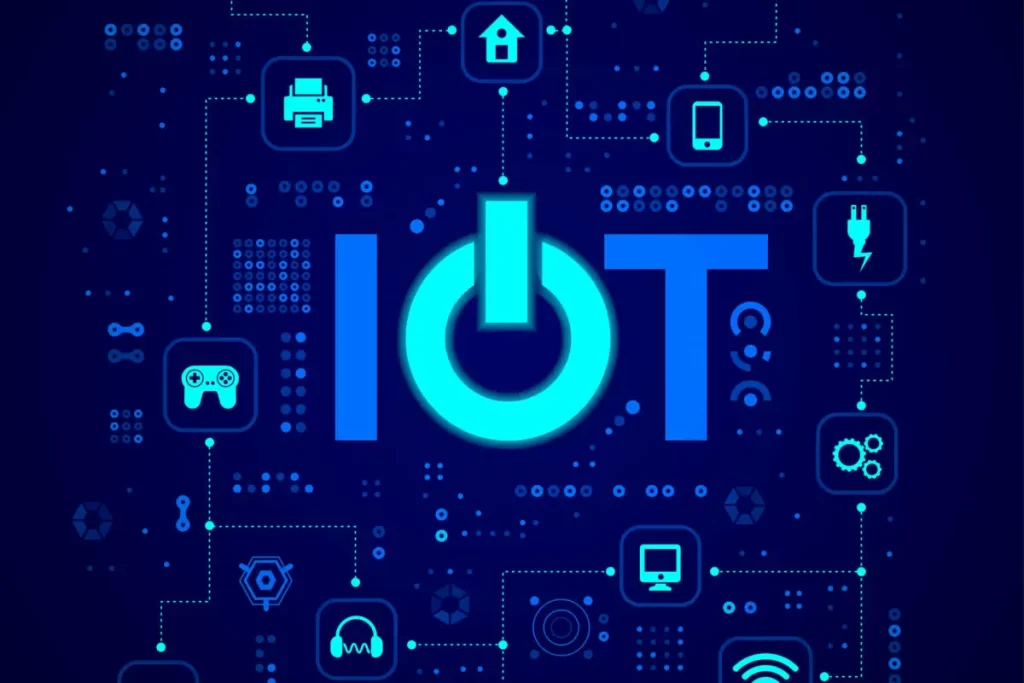Harnessing the Potential of Edge Computing for IoT Advancement
In the rapidly evolving world of technology, the Internet of Things (IoT) has emerged as a game-changer, connecting an ever-increasing number of devices to the internet, enhancing automation, and transforming industries. However, as IoT expands its reach, it faces challenges related to latency, bandwidth, and security. This is where edge computing comes into play, revolutionizing the way we process data and unleashing the true potential of IoT devices.
Understanding Edge Computing
Edge computing refers to the decentralized computing infrastructure that brings data processing closer to the source of data generation. Unlike traditional cloud computing, where data is sent to centralized data centers for processing, edge computing takes place “at the edge” of the network, often directly on the IoT devices or local servers. This approach significantly reduces the time it takes for data to travel back and forth between devices and the cloud, thereby mitigating latency issues and ensuring real-time responsiveness.
The Power of Proximity
The strength of edge computing lies in its ability to exploit the power of proximity. By processing data closer to the source, edge computing minimizes the need for constant data transmission to distant cloud servers. This not only reduces the strain on the network but also enables more efficient utilization of bandwidth. As a result, IoT devices can function smoothly even in low-bandwidth environments, making them more reliable and versatile.
Enhancing IoT Efficiency and Responsiveness
One of the most significant advantages of edge computing in the context of IoT is the improvement in data processing speed and responsiveness. Certain IoT applications, such as autonomous vehicles or industrial automation, demand split-second decision-making. With edge computing, critical data analysis occurs instantaneously, allowing devices to respond quickly to changing conditions without relying on distant servers. This is particularly crucial in scenarios where network connectivity may be intermittent or unstable.
Addressing Latency and Bandwidth Limitations
Latency has been a persistent challenge in IoT deployments. In scenarios where data must travel long distances to reach the cloud, delays in data processing can have severe consequences. Edge computing overcomes this hurdle by decentralizing data processing. Consequently, applications that require real-time data analytics, such as remote healthcare monitoring or emergency response systems, can function efficiently even in the absence of a stable network connection.
Moreover, edge computing reduces the strain on bandwidth by processing data locally. This not only optimizes network resources but also results in cost savings, as less data is transmitted to the cloud for processing and storage. As the IoT ecosystem continues to expand, this efficient use of bandwidth will become increasingly crucial.
Enhancing Security and Data Privacy
Security is a paramount concern in any IoT ecosystem. Edge computing offers inherent advantages in enhancing data security and privacy. Since data processing occurs locally, sensitive information can be kept within a confined environment, reducing the exposure to potential threats. Additionally, edge computing can implement secure communication protocols, encryption, and access control measures directly at the edge devices, adding an extra layer of protection against unauthorized access.
Real-world Applications of Edge Computing in IoT
The marriage of edge computing and IoT has opened the door to a multitude of innovative applications across various industries. Here are some real-world examples:
- Smart Cities: Edge computing allows smart city infrastructure to respond rapidly to changing conditions. Traffic management, waste management, and public safety systems can make data-driven decisions in real-time.
- Healthcare: Edge computing enables continuous monitoring of patients, providing healthcare professionals with real-time data to make critical decisions. It also enhances the security and privacy of patient data.
- Manufacturing: Industrial IoT devices equipped with edge computing capabilities can optimize production processes, minimize downtime, and improve overall efficiency.
- Agriculture: Edge devices can monitor crop conditions and environmental factors, enabling precision agriculture and maximizing yields.
Conclusion
Edge computing has emerged as a key enabler for the seamless integration of the Internet of Things into our daily lives. By pushing data processing closer to the edge of networks, this technology addresses latency, bandwidth, and security concerns, empowering IoT devices to operate with unmatched efficiency and responsiveness. As we continue to explore the potential of edge computing, it is evident that this paradigm shift will drive further innovation, transforming industries and shaping the future of IoT.






More Stories
Emerging Protocols for Cross-Platform Identity Verification Without Centralization
Off-Page SEO Techniques With Examples
The Impact Of 5G Technology On Mobile SEO Strategies